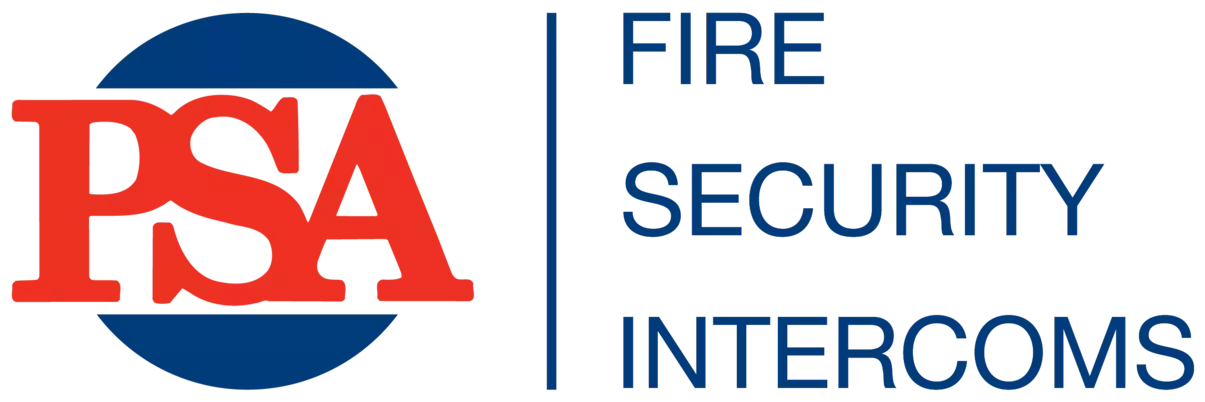What would you do if a fire ravages your workplace? Most would locate the nearest exit sign and await the fire brigade. However, some scenarios can present obstacles that could mean life or death. For example, what if the smoke is too thick? What if the flames block the nearest fire exit? What if you are trapped? A study showed that less than 50% of Australians are aware of any evacuation protocols. To protect yourself from fire hazards while at work, it is vital to know what you can do and how to use fire equipment effectively in an emergency.
Fire Extinguishers
According to the same study, less than 50% of Australians are not confident in using a fire extinguisher, and more than half of them do so incorrectly or dangerously. It is important to know that there are five main types of extinguishers – water, foam, CO2, dry powder, and wet chemicals. Most workplaces are supplied with the appropriate fire extinguishers that will match the potential fire risks of that venue.
Take note that there are also six classes of fire hazards, ranging from Class A to Class F, each requiring a specific type of extinguisher. For example, dry powder extinguishers can protect against almost all classes of fire except for class F, which represents flammable cooking oils and hazards typically found in restaurants. In this case, a wet chemical extinguisher is suitable as it is effective against high temperatures.
Fire Alarm Systems
Although fire alarms can be manually activated to warn others of fire, fires are usually detected automatically in several ways. One crucial way is via smoke, as smoke statistically kills more people than the actual fire itself.
Smoke alarms such as wireless interconnected photoelectric smoke alarms can be a lifesaver, and it is common to find them in most workplaces. These types of alarms work automatically and are linked together; if one alarm is triggered, the others will also be activated to alert occupants. Other types of alarm systems include carbon monoxide and heat alarms. All alarms will usually have an individual switch-off button or are connected to a master control system that can be deactivated manually.
Fire Exit Signs
Fire exit signs are part of an emergency evacuation system that guides people in buildings to the closest exit so they can evacuate safely. The signs must have the “Exit” word visible and reliable light with its backup power supply. Three aspects constitute a fire exit sign. First, the exit access must lead to the actual exit. Next, the route to the exit path must not be obstructed, and finally, the exit route must lead to the outside. It is critical to be aware of where your nearest exit signs are so that you will be able to locate them in an emergency.
Emergency Lighting
Emergency lighting will kick into effect once the main power fails. This type of lighting is powered by its battery, which can charge itself through its battery supply. Legally, emergency lighting needs to stay operational for a full hour after the main power cuts off. If sleeping accommodation is involved, the lighting must be functioning for three hours. Areas that need to be covered by emergency lighting include all individual escape doors, corridor intersections, emergency escape signs, lifts, and areas in premises greater than 60m².
Fire Blankets
Fire blankets are usually the first line of defence against fledgling fires. A fire blanket is made of a highly flame-resistant material to extinguish a small flame or wrap around someone who has caught fire. They are effective at cutting off the supply of oxygen to smoulder fires. To use a blanket:
- Turn off any gas/electricity supply that fuels or causes the fire
- Open up the fire blanket and grip it firmly
- Roll up your sleeves so they don’t catch fire
- Wrap the top edges of the blanket around your hands for protection against burns
- Cover the flames with your blanket and ensure the entire area is covered
- Call the relevant authorities once the fire is put out
First Aid
Wounds caused by burns need to be treated with care as the wrong treatment and approach can worsen things. It is critical to know how to classify burns and handle these wounds appropriately.
- First-degree burns (superficial burns) only affect the outer layer of the skin. It can look like or even be a sunburn. The skin will appear red, sore, and swollen with no blisters.
- Second-degree burns (partially thick burns) go deeper into the layer of skin. The injured party will usually experience severe pain. The skin will appear red, blistered, and can be swollen.
- Third-degree burns (full-thickness burns) affect all layers of skin and the tissue further beneath. There is no sensation of pain as the nerve endings have been destroyed, requiring a skin transplant. The remaining skin will appear blackened, white, or charred.
When dealing with a burn injury, keep the wound cool under lukewarm water (20-28 degrees) or a clean wet towel for 15-20 minutes. You can also use a burn gel. The wound and injured person must then be kept clean and dry before receiving medical attention. Call emergency services immediately.
Although most workplaces are or should be fire-safe, it is crucial to be aware of what measures and equipment are in place to protect you and others in your work environment. Items such as Lifesaver smoke alarms or HomeGuard smoke alarms as well as the appropriate fire extinguishers and knowing how they operate will prepare you for fire emergencies. To learn more about ensuring fire safety in your workplace, contact PSA Products. We can provide your organisation with reliable and cost-effective fire prevention and security solutions.


